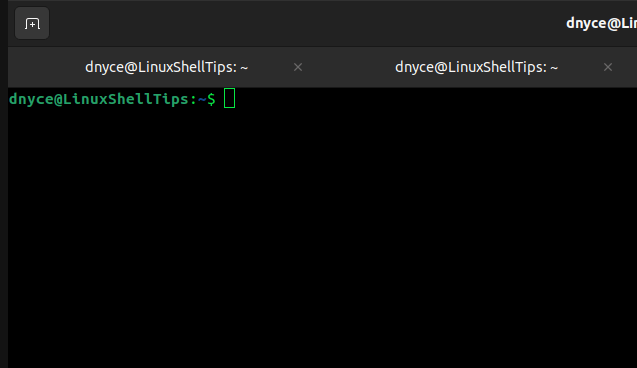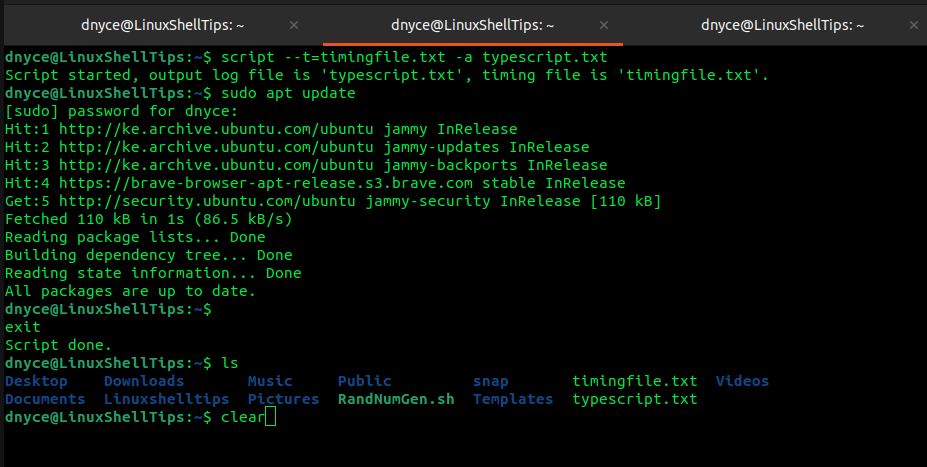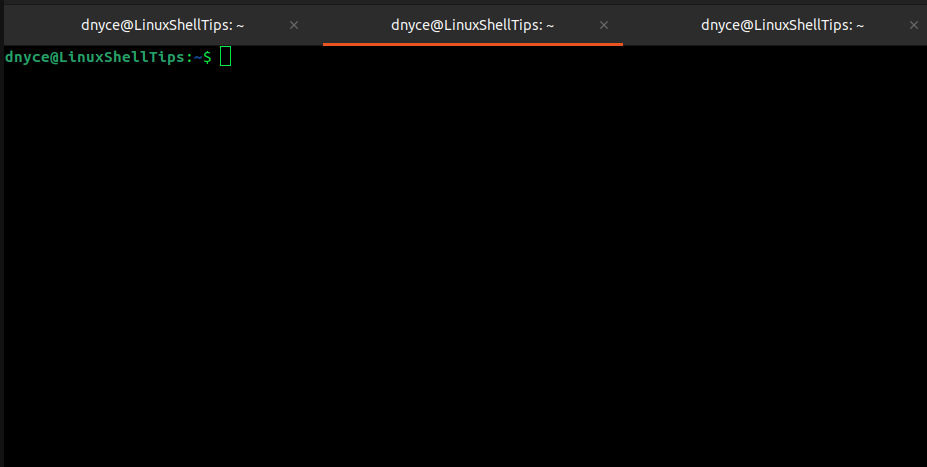Despite the installation of various Linux operating system distributions being accompanied by an appealing Desktop environment, most Linux users; throughout their transition to using the operating system, tend to define themselves as willing captives of the Linux terminal or command-line environment.
Importance of the Linux Terminal
Despite this environment not being associated with the luxury of graphical icons and an intuitive display, it somehow offers a better user experience for users on the quest of mastering Linux and becoming renowned Linux administrators.
Therefore, before we jump into the main objective of this article, why not take a moment to appreciate some of the functionalities we can achieve through the use of the Linux operating system command-line environment?
1. Run System Update and Upgrade Commands
Depending on your package manager and the Linux operating system distribution you are using, the Linux terminal environment is very effective when it comes to updating your system and upgrading your operating system distribution to the latest release.
$ sudo apt update && sudo apt upgrade [On Debian, Ubuntu and Mint] $ sudo yum update && sudo yum upgrade [On RHEL/CentOS/Fedora and Rocky Linux/AlmaLinux] $ sudo emaint --auto sync [On Gentoo Linux] $ sudo pacman -Syu [On Arch Linux] $ sudo zypper update [On OpenSUSE]
You will find it easy to install most of your Linux-associated software packages via the Linux command-line environment based on the package manager you are using. Also, when it comes to upgrading these software packages to the latest stable releases, all you need to do is execute the needed package upgrade command.
2. File System Navigation and Management
You will find it flexibly fast to navigate and access your user and system files via the Linux terminal environment than by using the GUI approach. Also, through the use of commands like cat and nano, you can easily preview your files’ configuration and content before editing them to your preference if needed.
$ cat filename $ nano filename
3. A Perfect Test Environment
For users questing to master the software development world, the Linux terminal environment is all that you need in regards to its support of various development servers for testing the behaviors of your applications prior to their introduction onto a production server.
With the above few mentions, perfecting the usage of the Linux terminal environment should introduce us to other exciting milestones. However, we can all agree that our bond with the Linux terminal screen becomes better if we know how to clear our workspace once we are done with the above-mentioned terminal-associated functionalities.
Why Clear the Linux Terminal Screen?
For first-time users or beginners on the Linux operating system command-line environment, you will always find yourselves needing a new and cleaner command-line workspace after executing a series of Linux-associated commands.
Since most of us are newbies at this point in experiencing the Linux terminal environment, we tend to close the currently overpopulated screen and launch a new command-line session before resuming our work.
Alternatively, for users with keen eyesight, we tend to quickly identify the top-left icon on the Linux terminal screen whose functionality is associated with opening a new terminal tab.

Such tweaks are short-lived solutions to dealing with overpopulated terminal screens as we tend to be bored with continuously opening new terminal tabs or closing and opening new terminal sessions.
Clearing a Terminal Screen in Linux
The fastest way to clean up the terminal screen once we feel it is overpopulated is via the Linux clear command. This command does not require any arguments and can be plainly used.
$ clear
Before:

After:

Depending on the terminal emulator you are using, the keyboard key shortcut [Ctrl]+[L] should also work. However, this approach gives you the illusion of a cleared terminal screen since you can still scroll up to the previous terminal screen display.
The reset command is another way of clearing the Linux terminal screen.
$ reset
However, this command not only clears the terminal screen but also re-initializes it.
[ You might also like: How to Remove a Command from History in Linux ]
Hope you enjoyed the article read. As always, your comments and feedback are appreciated.
